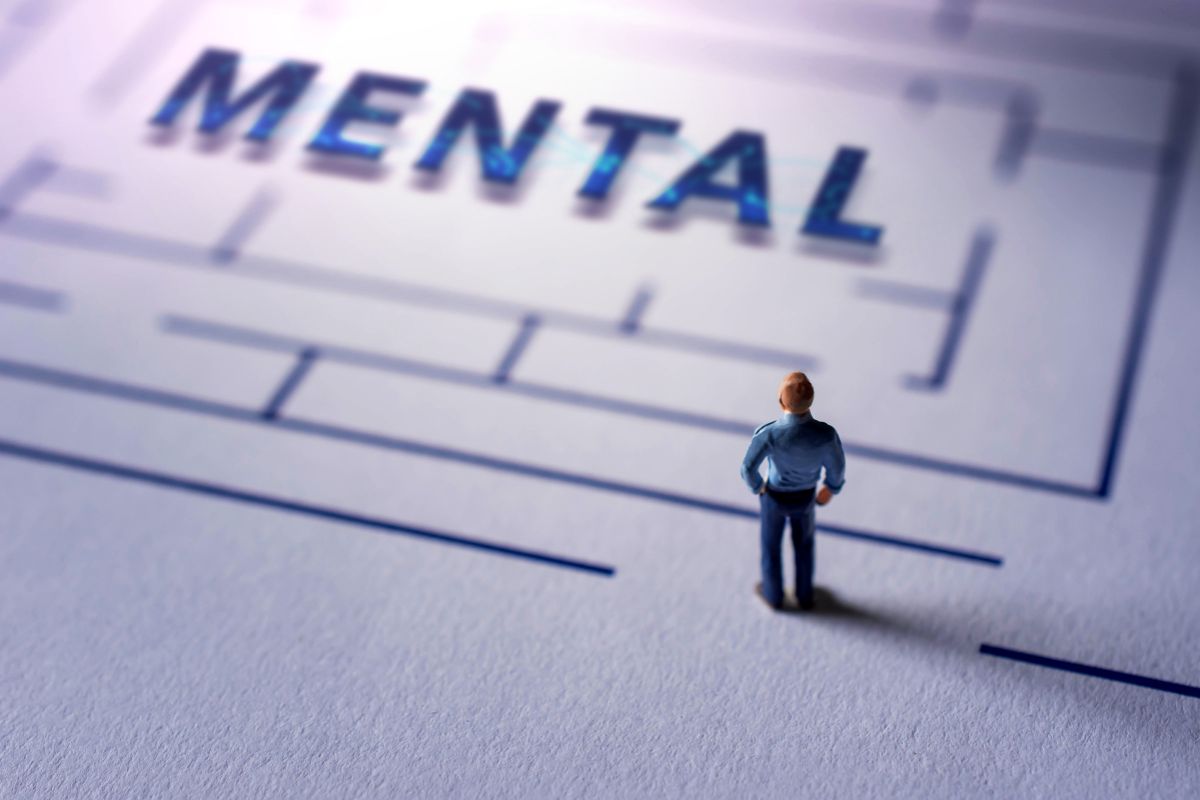At some point, most people in romantic relationships wonder “Why was it so easy to connect sexually at the beginning of our relationship? It seemed like we were on the same page! Why does it feel so hard to connect sexually now?” Many couples seek out counseling because they are in conflict over the frequency of sex in their relationship. The term “sexual desire discrepancy” was first used by Bernie Zilbergeld, PhD to describe couples who are experiencing differing levels of sexual desire due to the inherent nature of each individual rather than as the result of physical, psychological or sexual pathology. In other words, every person has varying levels of sexual desire on any given day, therefore, sexual desire discrepancy is normal in relationships.
What Is Sexual Desire?
Sexual desire is defined as the thought and/or feeling of urgency that motivates a person to seek out sexual satisfaction. Sexual desire changes throughout one’s life span and can be influenced by many factors such as the birth of children, the death of a loved one, changes in hormones due to aging, changes in financial status, job relocation, mental health issues, how a person feels about their body, trauma, conflict in the relationship, early messages about sex, and the amount of stress in one’s life. Suffice to say, outside issues most certainly have an impact on a person’s desire for intimate contact.
Low Sex Drive & Sexual Desire Disorders
Although differing levels of sexual desire IS normal, the way couples manage their expectations can either strengthen or harm the relationship. Research by Frost and Donovan (as cited in Buehler, 2021) indicates that when partners experience mismatched desire, it can lead to emotional, behavioral, and cognitive distress. Therefore, sexual desire discrepancy can be a real problem for couples.
Help for Couples with Sexual Desire Problems
Cultural myths perpetuate the belief that women experience low desire more frequently than men, but a study by Mark and Murray (as cited in Buehler, 2021) indicates that men and women report being the lower desire partner equally. Furthermore, studies shows that when couples are satisfied with the overall quality of the relationship, desire discrepancy is seen as a minor issue, but when couples are dissatisfied, mismatched desire can become a painful problem.
When Couples Have Mismatched Libidos
Navigating mismatched desire in a way that honors each person’s needs is an ongoing practice. Usually, the person wanting more physical contact feels unwanted and undesired while the lower desire partner feels pressured and guilty. Learning to operate as a sexual team often helps decrease negative feelings in the relationship. Pressure and blame are reduced when couples approach sex from this perspective. For others, understanding the differences between the male and female sexual arousal system can help foster a greater sense of awareness of each other’s needs. Identifying what each person desires before, during and after a sensual encounter is often different for men and women. Additionally, switching from a performance model to a pleasure model of sex allows couples to expand their sexual repertoire while modifying scripted patterns of lovemaking. Finally, adopting new sexual communication skills permits couples to once again risk and reach for their partner, even when hurt feelings may has caused a couples’ sex life to stagnate.
Sexual Communication
The truth is, we are hard wired for connection. During pleasurable intimate encounters, the body releases feel good chemicals like oxytocin, dopamine and endorphins. These chemicals create a feeling bonding between partners. To care for ourselves and our loved one in an intimate manner is sacred and necessary. Every human being deserves to feel secure and intimate physical connection is one way to create that sense of security.
*Buehler, S. (2021, May 12). Clash of the Sex Drives: Helping Couples with Mismatched Desire. www.learnsextherapy.com






